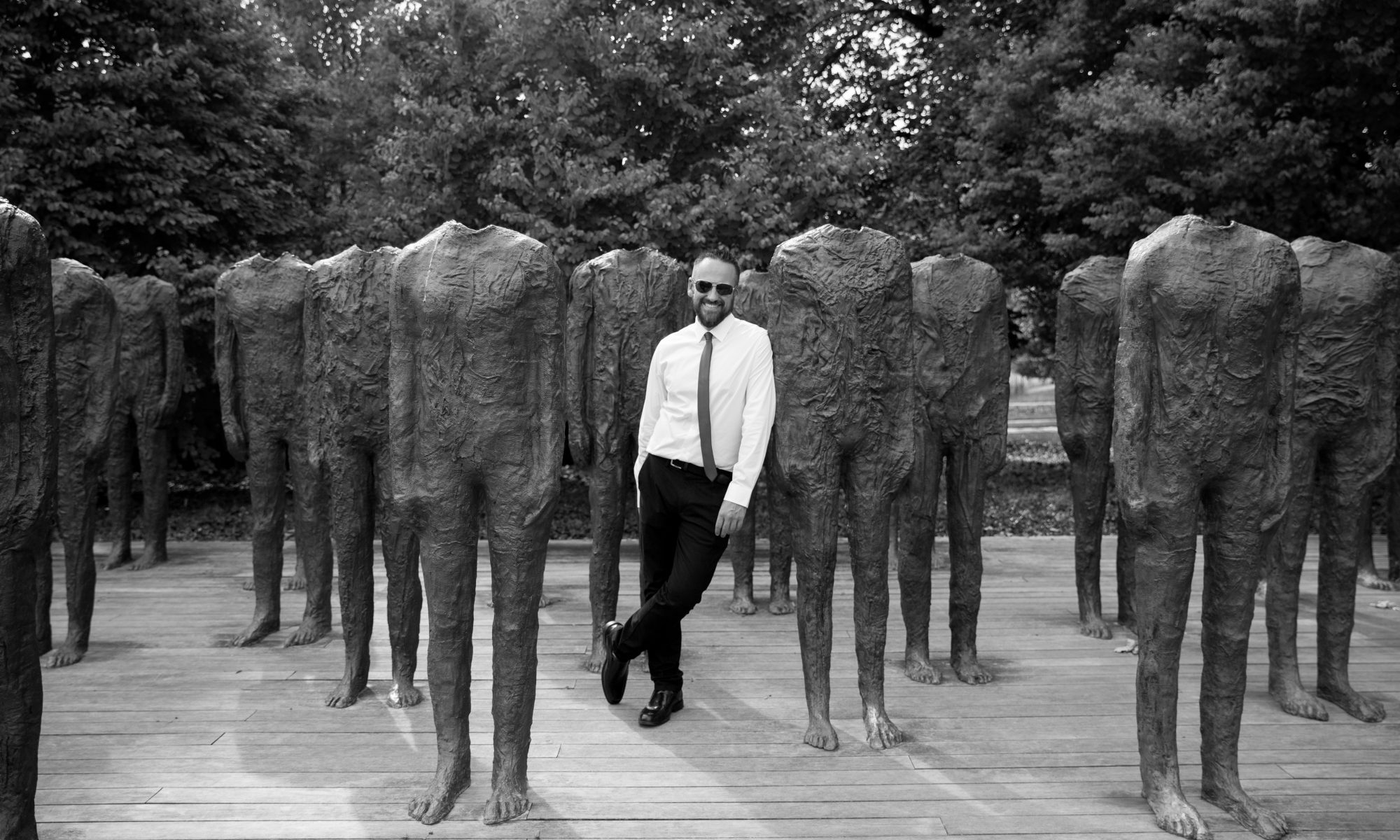The lead sound engineer for Hallmark Corporation walks us through the basics of how to create a respectable digital representation of your ensemble.
A nuts and bolts episode covering everything you need to know before you get started!
Many of us will exist at different places on the learning curve on this topic, but Josh is a true expert and leader in this field, so tune and you may learn something new!

- USB Mics vs. XLR pros and cons (what to look for when shopping.)
- Editing softwares like Garage Band vs fancier ones (Is it worth upgrading if you don’t know what you’re doing?)
- Features of the basic softwares. Dos and Don’ts
- Placement of mics in the space relative to you ensemble
- Choosing a space to record
- mp3 vs. WAV (why does it matter? pros and cons)

Paul Rudoi and MANY more.







